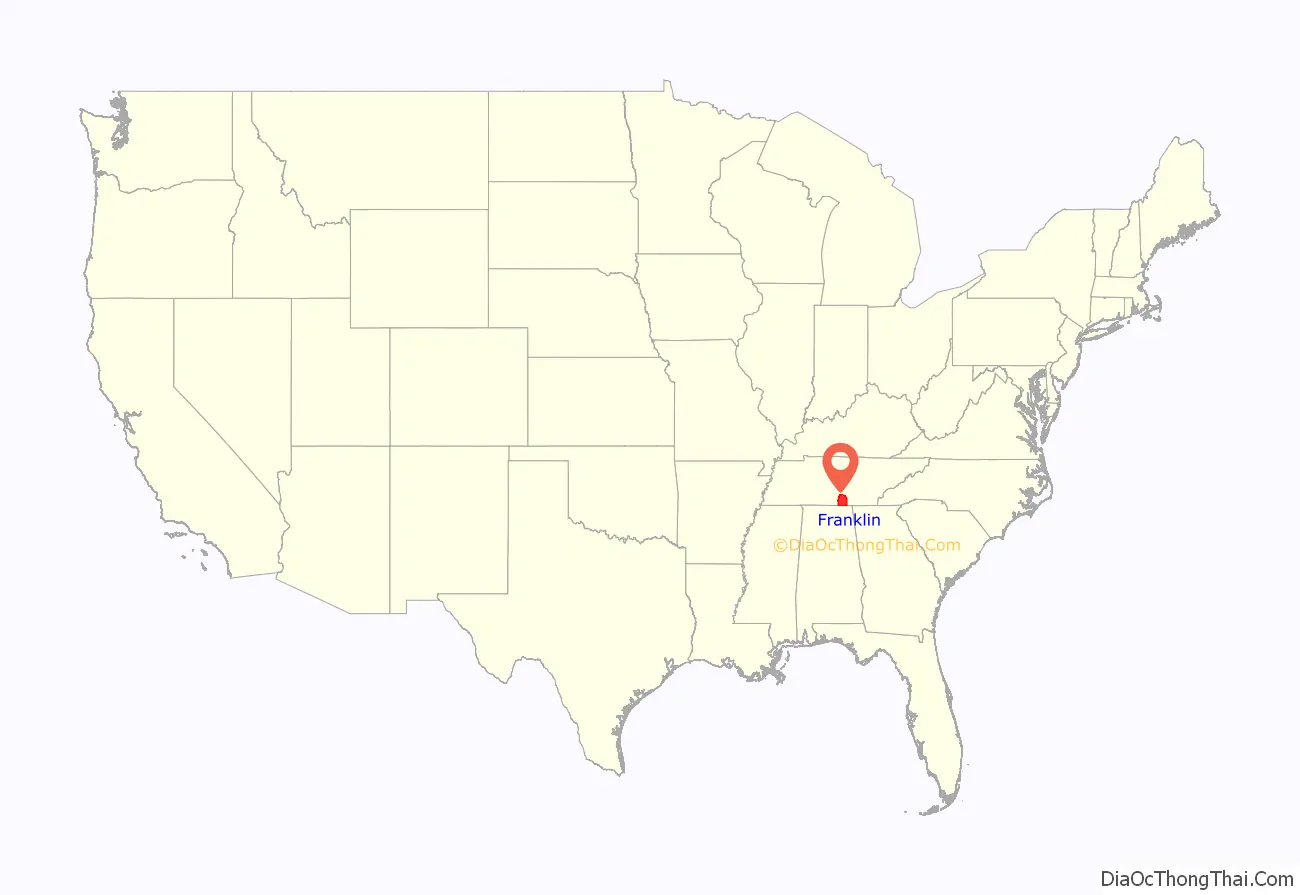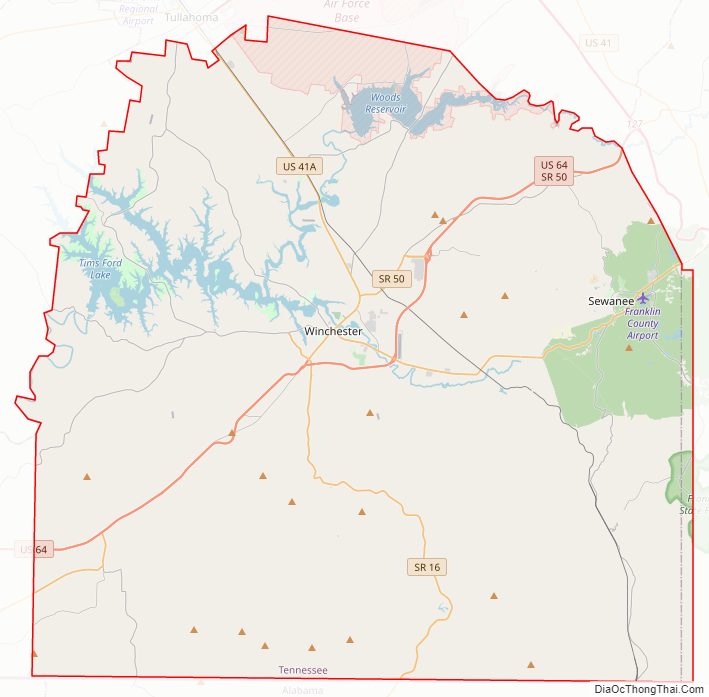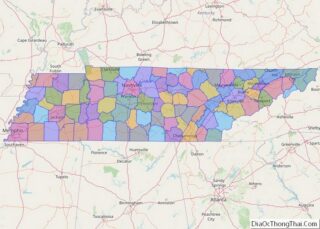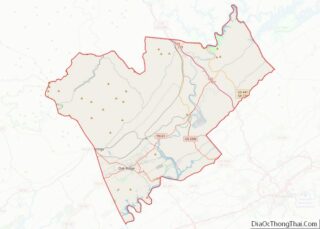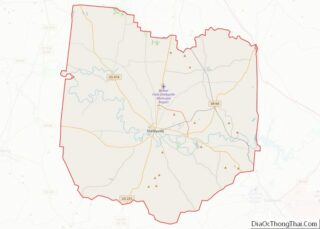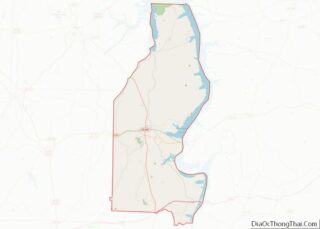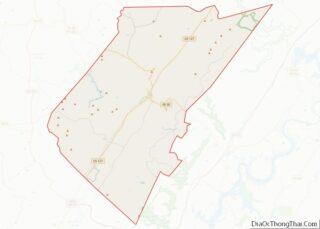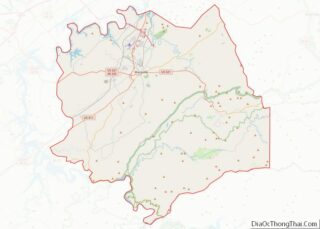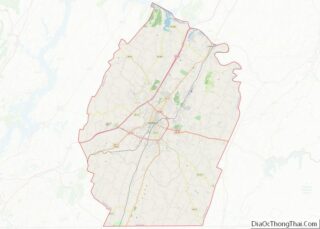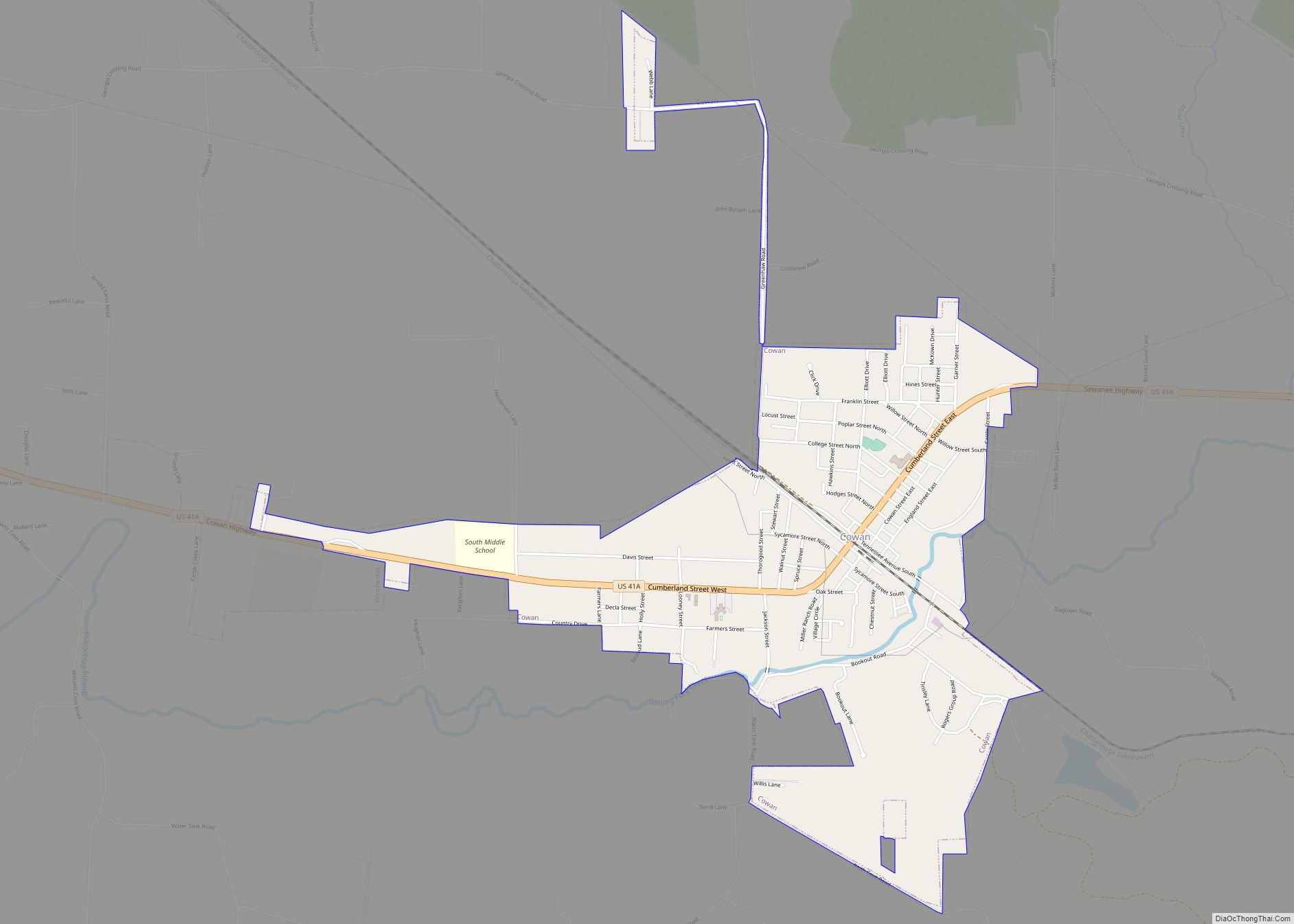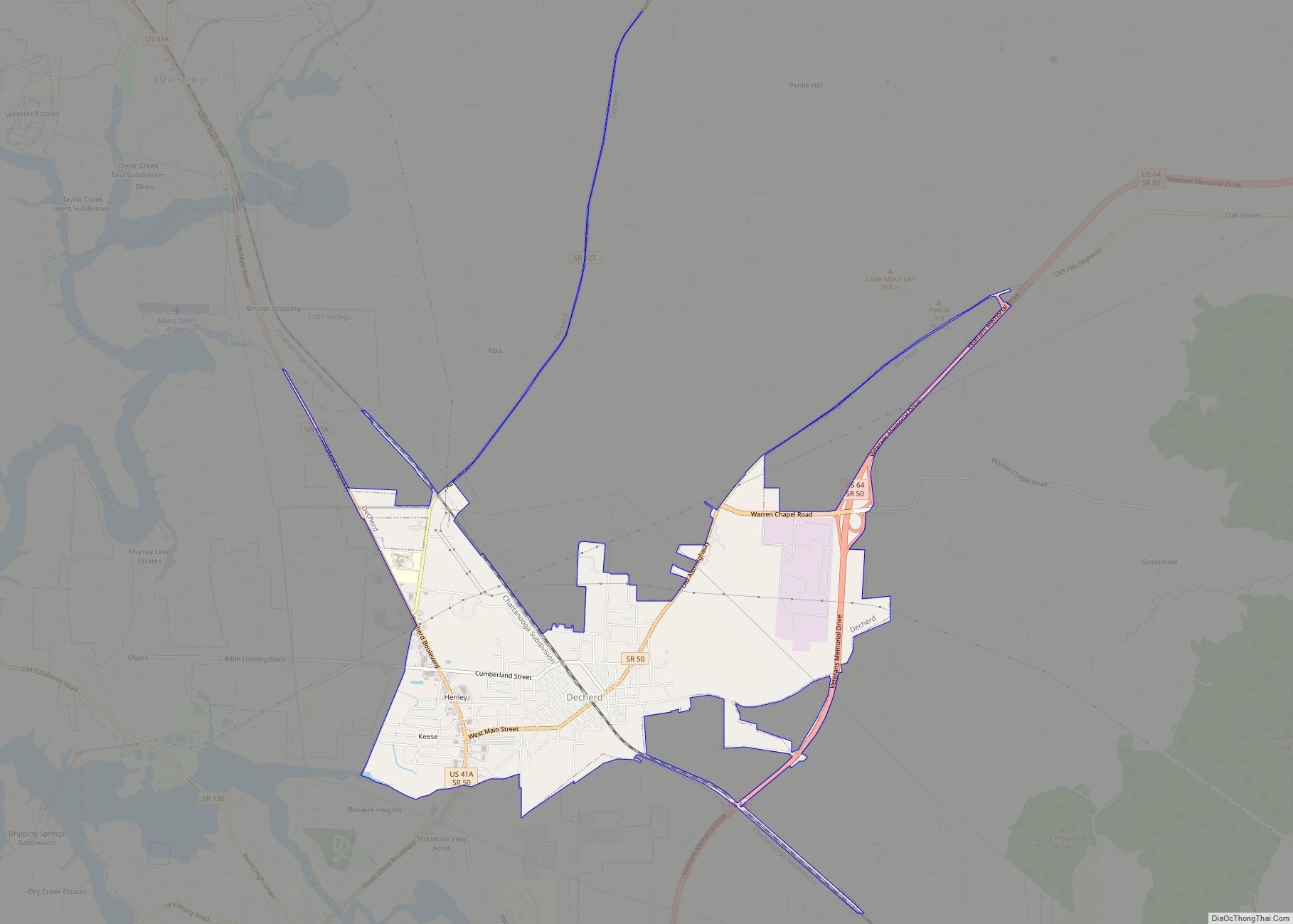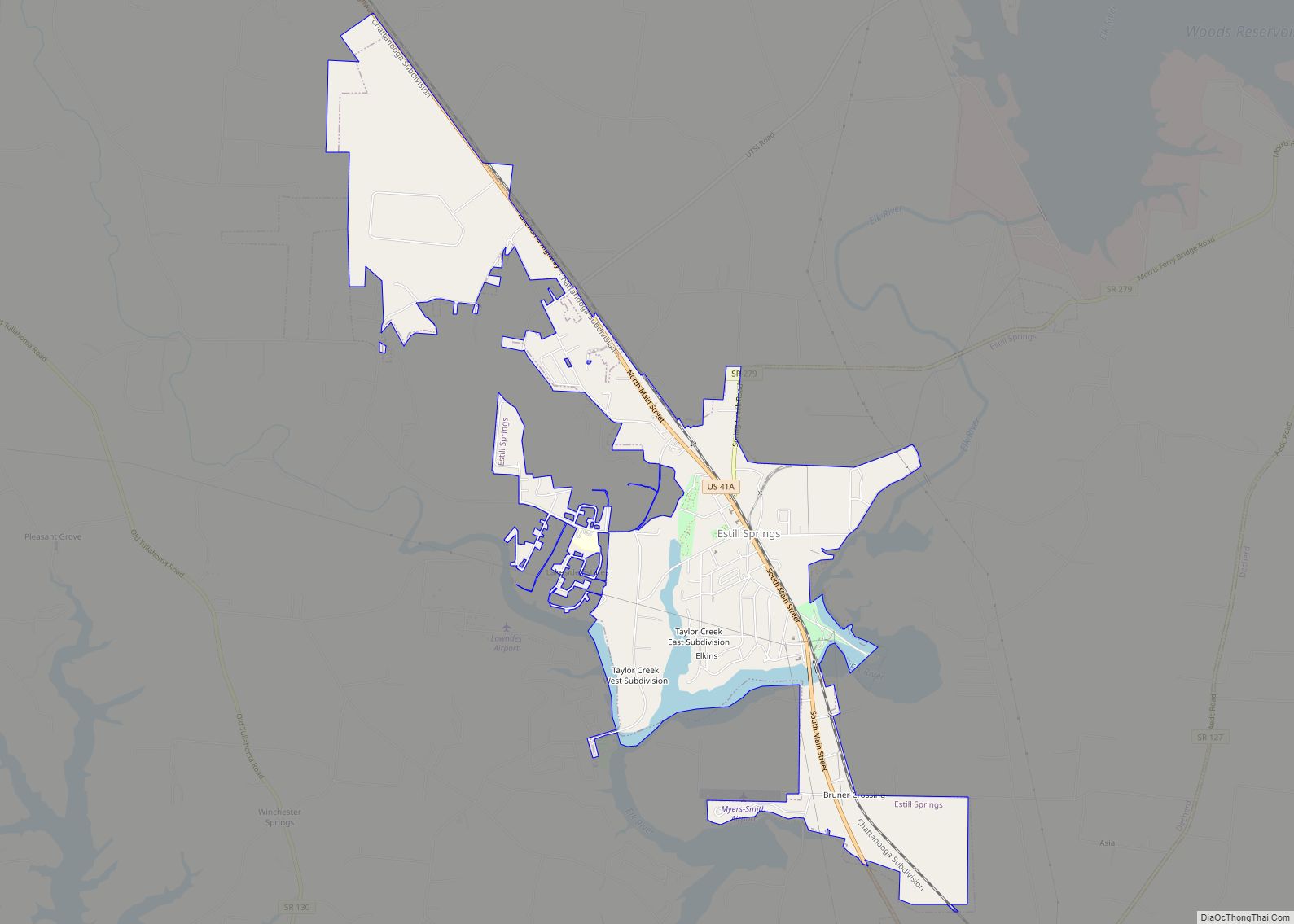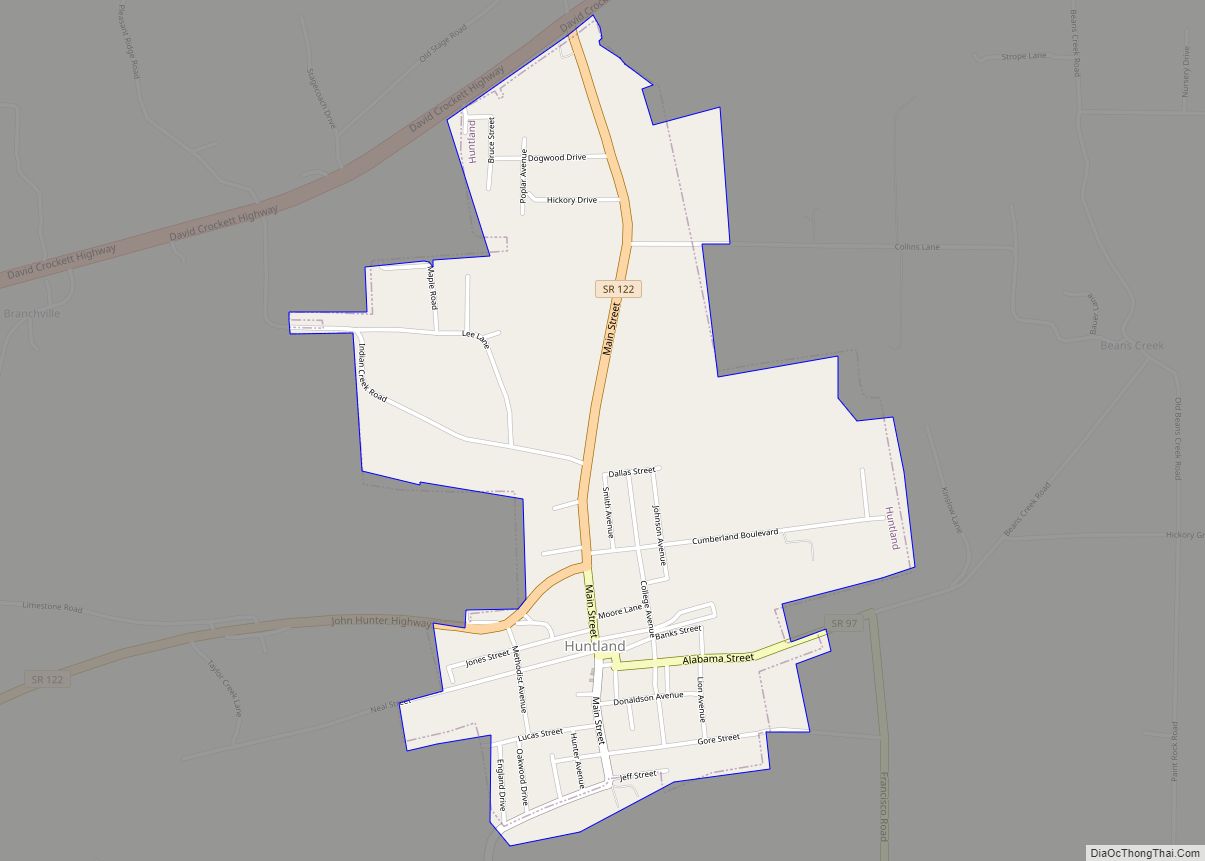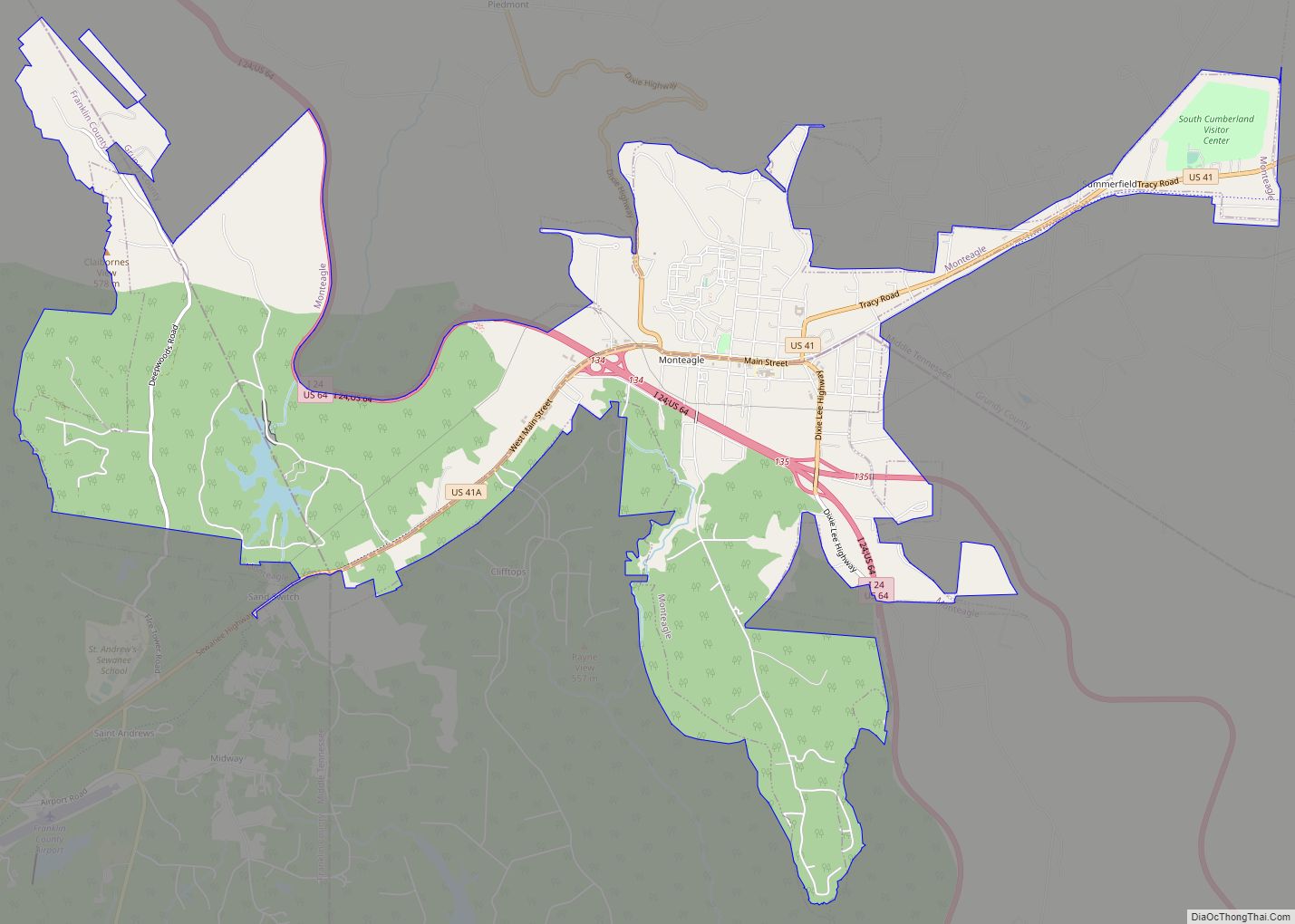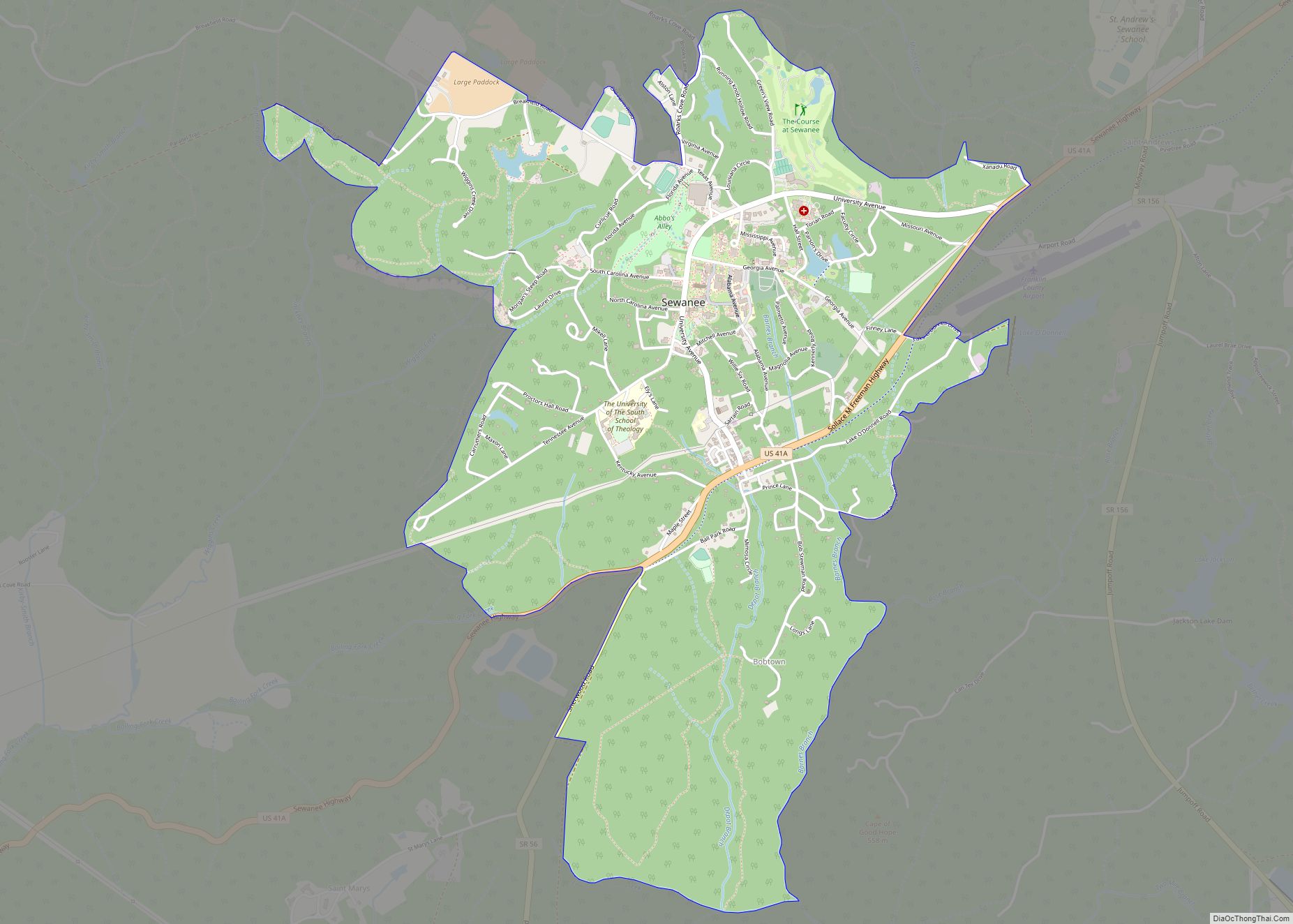Franklin County is a county in the U.S. state of Tennessee. It is located on the eastern boundary of Middle Tennessee in the southern part of the state. As of the 2020 census, the population was 42,774. Its county seat is Winchester. Franklin County is part of the Tullahoma–Manchester, TN Micropolitan Statistical Area.
| Name: | Franklin County |
|---|---|
| FIPS code: | 47-051 |
| State: | Tennessee |
| Founded: | 1807 |
| Named for: | Benjamin Franklin |
| Seat: | Winchester |
| Largest city: | Winchester |
| Total Area: | 576 sq mi (1,490 km²) |
| Land Area: | 555 sq mi (1,440 km²) |
| Total Population: | 42,774 |
| Population Density: | 74/sq mi (29/km²) |
| Time zone: | UTC−6 (Central) |
| Summer Time Zone (DST): | UTC−5 (CDT) |
| Website: | franklincotn.us |
Franklin County location map. Where is Franklin County?
History
White settlement began around 1800, and the county was formally organized in 1807 and named for Benjamin Franklin. During the next several decades, the size of the county was reduced several times by reorganizations which created the neighboring counties of Coffee County, Moore County, and Grundy County. One of the most notable early settlers was frontiersman Davy Crockett, who came about 1812 but is not thought to have remained long.
The University of the South, founded by the Episcopal Church, was organized just before the Civil War. It began full operations shortly after hostilities ceased. It encompasses a full university and theological seminary. The University of Tennessee Space Institute is also located in the county.
The area became strongly secessionist before the war. Franklin County formally threatened to secede from Tennessee and join Alabama if Tennessee did not leave the union, which the state did when forced to take sides by Abraham Lincoln. This contrasted sharply with the situation in not distant Winston County, Alabama, which was largely pro-Union and provided more volunteers for the Union than the Confederacy.
During 1863, the Army of Tennessee retreated through the county, leaving it more or less under Union control for the rest of the war, although some guerrilla warfare still took place. Isham G. Harris, the Confederate governor of Tennessee, was from Franklin County. After having his political rights restored after the war, he was chosen to represent the state in the United States Senate.
During the temperance (anti-liquor) agitations of the late 19th century, residents discovered that by a quirk of state law, liquor could be sold only in incorporated towns. As a result, all of the county’s towns abolished their charters in order to prohibit the sale of alcohol.
In the 20th century, Franklin County benefited from the flood control and power generation activities of the Tennessee Valley Authority (TVA), built by the President Franklin D. Roosevelt administration during the Great Depression. The TVA helped bring new industry to the area. It also created opportunities for water recreation by making new lakes, but at the same time also displaced many county residents from their soon to be submerged homes. The establishment of the federal Arnold Engineering Development Center, which is partly within the county, helped spur economic growth and technical development. The interstate highway system barely touched the county, but it did provide valuable access on Interstate 24 to nearby Chattanooga.
Two notable figures who were born in the county early in the twentieth century were singer/entertainer Dinah Shore and entrepreneur/philanthropist John Templeton. He later became a British subject and was awarded a knighthood.
During the last decades of the 19th and the first of the 20th, Tennessee, like other southern states, passed laws and constitutional amendments establishing Jim Crow: racial segregation in public facilities, restrictions of voting for blacks, and similar measures. There were few violent disturbances in Franklin County compared to many other localities, but it was not until a decade after the historic Brown v. Board of Education court decision that the county’s schools were desegregated in 1964 when a lawsuit was won in Sewanee, Tennessee.
Considerable industrial growth occurred in the county in the last decades of the 20th century, including the construction of a large automobile engine plant by the Nissan corporation in Decherd. An emphasis on tourism also developed, based on Civil War history and local scenic attractions such as the dogwood forests, for which an annual festival is held.
Franklin County Road Map
Geography
According to the U.S. Census Bureau, the county has a total area of 576 square miles (1,490 km), of which 555 square miles (1,440 km) is land and 21 square miles (54 km) (3.7%) is water.
Franklin is one of Tennessee’s southern tier of counties and abuts the Alabama border. It has a varied geography, extending from the southeast corner of the Nashville Basin over the Highland Rim and up onto the Cumberland Plateau, for a difference in elevation of about 1,300 feet (400 m). The county is well watered and forested, and except for the steeper areas of the plateau is well suited for agriculture, having a long growing season and mild winters.
Sewanee Natural Bridge is a 25 feet (7.6 m) high natural sandstone arch with a span of 50 feet (15 m).
Lost Cove Cave, located near Sherwood, is in the Carter State Natural Area. One of its entrances is known as the Buggytop Cave Entrance and another entrance is known as the Peter Cave Entrance. The Buggytop Entrance is 100 feet (30 m) wide and 80 feet (24 m) high and opens at the base of an overhanging bluff 150 feet (46 m) high. The cave stream cascades down from the mouth and drops 40 feet (12 m) in less than 100 yards (91 m).
Adjacent counties
- Coffee County (north)
- Grundy County (northeast)
- Marion County (east)
- Jackson County, Alabama (south)
- Madison County, Alabama (southwest)
- Lincoln County (west)
- Moore County (northwest)
State protected areas
- Bear Hollow Wildlife Management Area
- Carter State Natural Area
- Franklin State Forest (part)
- Hawkins Cove State Natural Area
- Mingo Swamp Wildlife Management Area
- Natural Bridge State Natural Area
- Owl Hollow Mill Wildlife Management Area
- South Cumberland State Park (part)
- Tims Ford State Park
- Walls of Jericho State Natural Area
Other protected areas
- Tims Ford Lake
- Woods Reservoir
